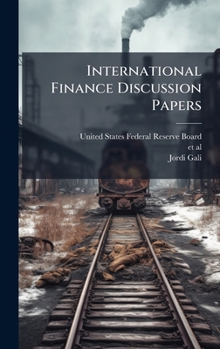International Finance Discussion Papers
Recent evidence on the effect of government spending shocks on consumption cannot be easily reconciled with existing optimizing business cycle models. We extend the standard New Keynesian model to allow for the presence of rule-of-thumb (non-Ricardian) consumers. We show how the interaction of the latter with sticky prices and deficit financing can account for the existing evidence on the effects of government spending.
This work has been selected by scholars as being culturally important, and is part of the knowledge base of civilization as we know it. This work was reproduced from the original artifact, and remains as true to the original work as possible. Therefore, you will see the original copyright references, library stamps (as most of these works have been housed in our most important libraries around the world), and other notations in the work.
This work is in the public domain in the United States of America, and possibly other nations. Within the United States, you may freely copy and distribute this work, as no entity (individual or corporate) has a copyright on the body of the work.
As a reproduction of a historical artifact, this work may contain missing or blurred pages, poor pictures, errant marks, etc. Scholars believe, and we concur, that this work is important enough to be preserved, reproduced, and made generally available to the public. We appreciate your support of the preservation process, and thank you for being an important part of keeping this knowledge alive and relevant.





